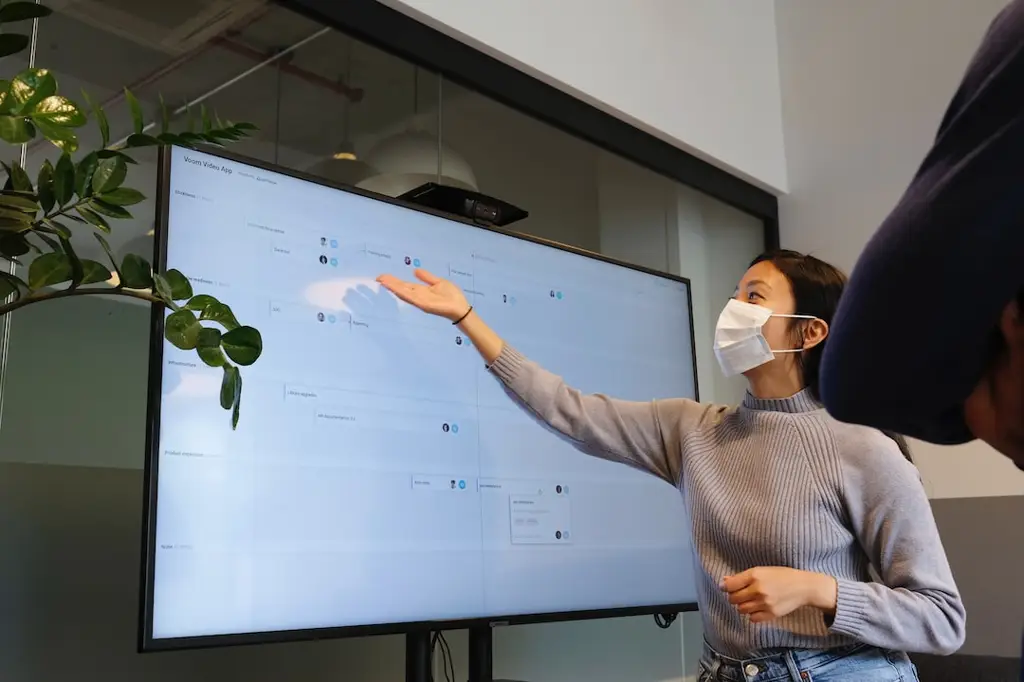Critical Thinking in the Workplace: How to Develop and Apply Analytical Skills
Critical thinking is a valuable skill that plays a crucial role in problem-solving and decision-making in the workplace. It involves the ability to objectively analyze and evaluate information, identify biases or assumptions, and make logical and informed judgments. Developing and applying analytical skills can greatly enhance your effectiveness and efficiency in the professional environment.
Here are some key steps to help you develop and apply critical thinking skills:
1. Define the Problem
Before diving into finding a solution, it is essential to clearly define the problem at hand. Take the time to gather all relevant information and identify any underlying issues or challenges. This initial step helps ensure that your thinking is focused and targeted.
2. Gather and Evaluate Information
Once the problem is defined, gather as much information as possible related to the issue. This can include data, facts, research, expert opinions, and even personal experiences. It is crucial to evaluate the credibility and reliability of the information sources to make informed judgments.
For example, imagine you are a project manager faced with a project delay. To critically think about the situation, you gather data on the project timeline, team performance, and external factors. You then evaluate the information, considering the accuracy of the data and the credibility of your sources.
3. Identify Assumptions and Biases
We all have assumptions and biases that can influence our thinking. It is important to recognize these biases and challenge them to ensure a more objective analysis. By identifying and questioning your assumptions, you can avoid making hasty decisions based on personal beliefs or preconceived notions.
4. Analyze and Interpret the Data
Once you have gathered relevant information and eliminated biases, it is time to analyze and interpret the data. Look for patterns, trends, and connections between different pieces of information. This step requires careful attention to detail and the ability to think critically about the implications of the data.
For instance, let’s say you are a marketing analyst analyzing sales data. By critically thinking about the data, you identify a correlation between increased marketing expenditure and higher sales. This allows you to make data-driven recommendations to allocate resources more effectively.
5. Generate and Evaluate Possible Solutions
Based on your analysis, brainstorm multiple potential solutions to address the problem. Evaluate each solution critically, considering the feasibility, potential risks, and anticipated outcomes. This step encourages innovative thinking and helps identify the most effective approach.
6. Make Informed Decisions
After evaluating various solutions, make an informed decision based on the analysis and evaluation conducted. Consider the potential impact of the decision on stakeholders and the likelihood of achieving desired outcomes. It is crucial to weigh the pros and cons and select the solution that aligns best with the defined problem.
7. Reflect and Learn
Critical thinking is an ongoing process, and it is important to reflect on the outcomes of your decisions and learn from them. Analyze the results, identify areas for improvement, and adjust your thinking and approach accordingly. This continuous learning cycle enhances your critical thinking skills over time.
Developing and applying critical thinking skills in the workplace can lead to more efficient problem-solving, better decision-making, and improved overall performance. By following these steps and consistently practicing critical thinking, you can enhance your analytical abilities and contribute to your professional success.












